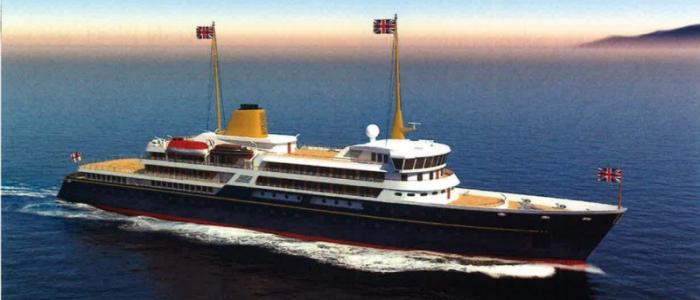 Interesting news from the UK. Prime Minister, Boris Johnson, announced the construction of a new national flagship intended to promote British businesses around the world.
Interesting news from the UK. Prime Minister, Boris Johnson, announced the construction of a new national flagship intended to promote British businesses around the world.
The Prime Minister said in the announcement:
- This new national flagship will be the first vessel of its kind in the world, reflecting the UK’s burgeoning status as a great, independent maritime trading nation.
- Every aspect of the ship, from its build to the businesses it showcases on board, will represent and promote the best of British – a clear and powerful symbol of our commitment to be an active player on the world stage.

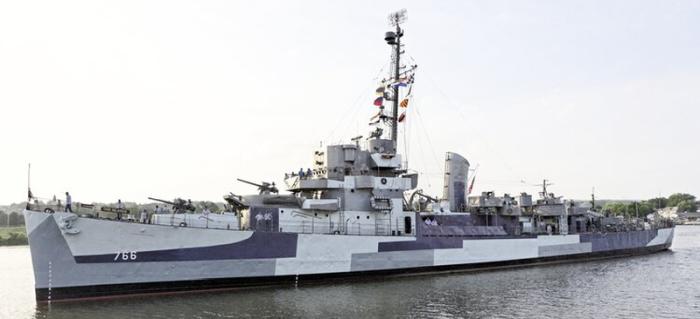 Museum ships are slowly reopening. The
Museum ships are slowly reopening. The 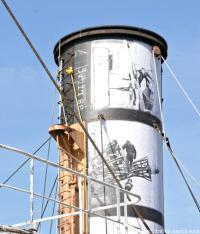 The
The 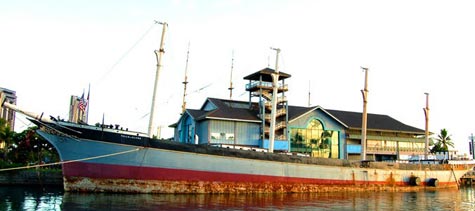
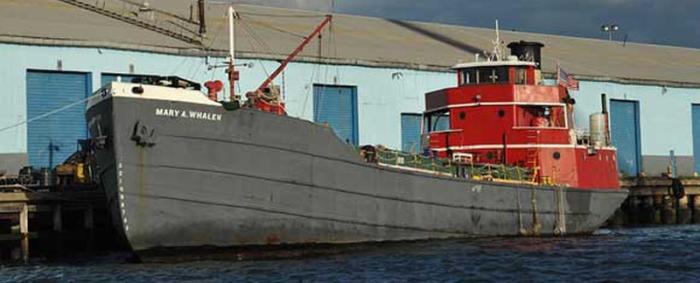
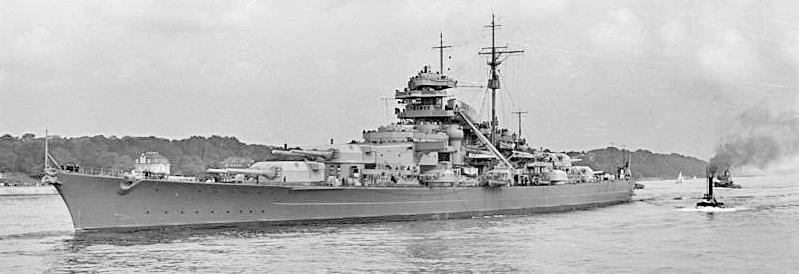
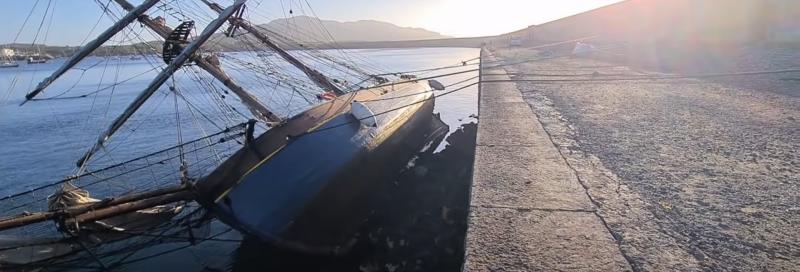 Attempts to salvage the historic
Attempts to salvage the historic 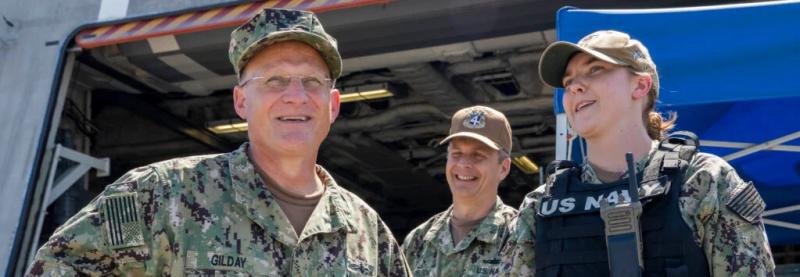
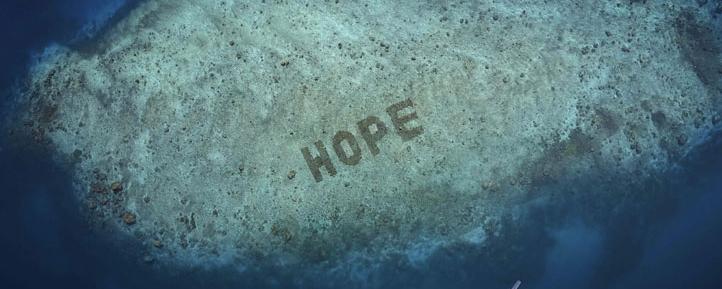 What does cat food have to do with coral reefs?
What does cat food have to do with coral reefs? 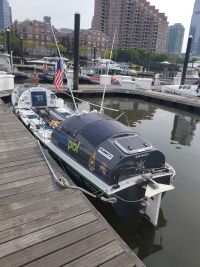 While getting our boat ready to move to her summer mooring, I had the good fortune to meet
While getting our boat ready to move to her summer mooring, I had the good fortune to meet 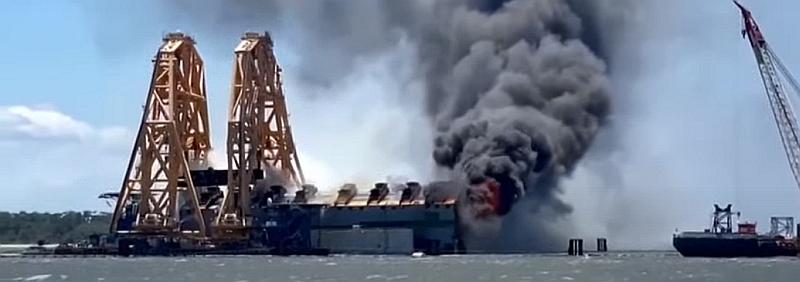 The salvage job to remove the
The salvage job to remove the 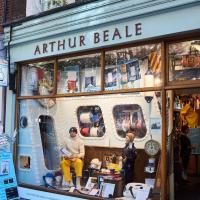
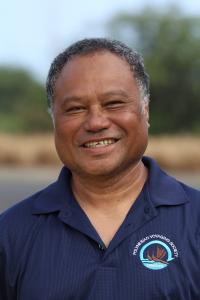 Chad Kālepa Baybayan, a revered Hawaiian navigator and captain of the Polynesian voyaging canoe
Chad Kālepa Baybayan, a revered Hawaiian navigator and captain of the Polynesian voyaging canoe 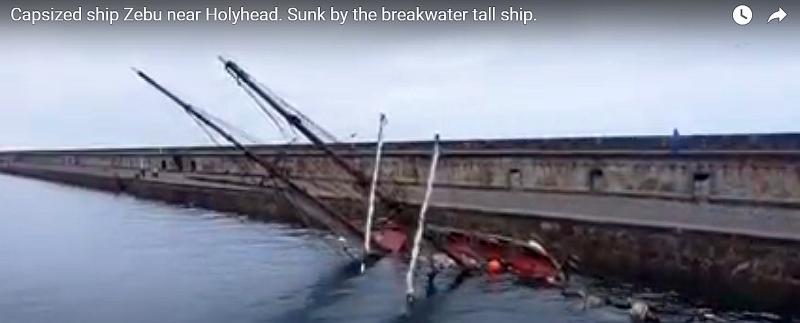 This has been a terrible few days for the
This has been a terrible few days for the 
 The
The 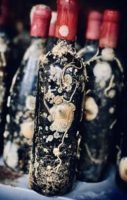
 May is
May is